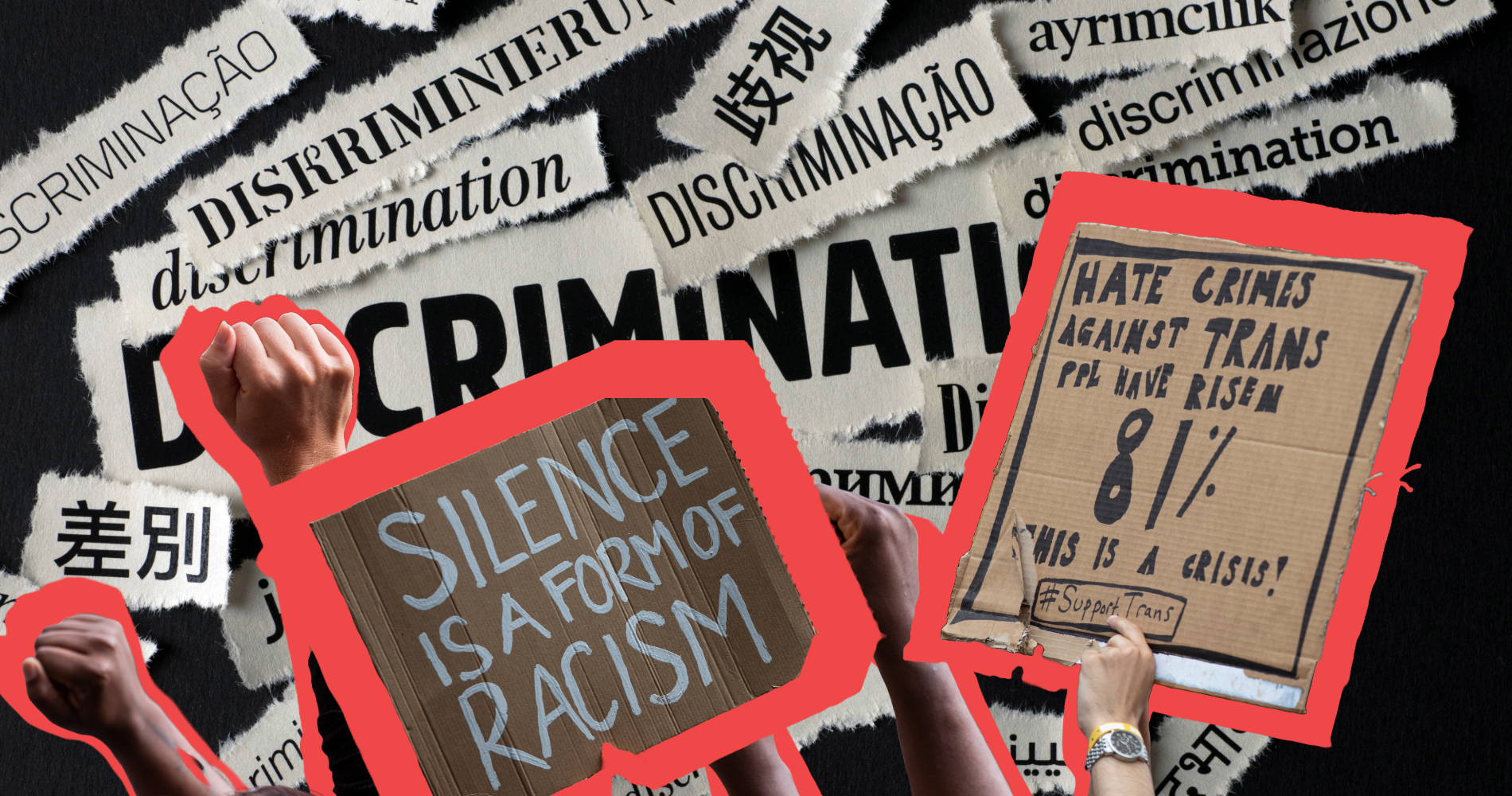Shortly after external protests and internal conflicts hit the Seattle WTO Ministerial and stalled a new negotiating round, The Economist magazine ran a picture of a poor child from India on it cover, with the caption: The real losers from Seattle.
The implication of this cover, and the accompanying story, was clear: well-intentioned but misguided protesters were essentially denying the benefits of free trade to countries like India, and were thus unwittingly torpedoing the interests of the poorest of the poor.
This view has since been parroted by advocates of free trade and the WTO. But, interestingly, these accusations are made without any evidence to support the highly dubious proposition that free trade benefits the poor. The historical evidence suggests the opposite.
A look at the industrialized countries shows that the path to riches came not from the unilateral opening of borders, but from closing borders in order to protect emerging industries from bigger rivals. Only when these industries became strong did the appetite for free trade gain strength.
Canada, the U.S., the U.K. and other European nations pursued such strategies historically, as have the most successful Asian economies in recent times. The experiment of imposing free market reforms via the IMF and World Bank in the past two decades, on the other hand, has been an unmitigated disaster for regions like Africa and Latin America. Simply put, no country has gotten rich by leaving the process of development to market forces alone.
Interestingly, even the corporations pushing free market globalization do not really want true free trade. They want to get rid of those regulations that in any way inhibit profits (like environmental regulations), but will go to the wall to defend structures that enhance profits (like intellectual property laws).
Of course, opening up borders may provide benefits to certain segments of the population of a poor country. In every poor country, there is always some 5-10% who enjoy very high standards of living. When this group benefits, this may even bring up the country’s GDP per capita, but the gains remain illusory for those at the bottom.
Consider the sweatshop. Banned in the industrialized countries, the maquiladora model made famous in Mexico has now gone global through “export processing zones.” Workers in these factories are paid bare subsistence wages, work extremely long hours in dangerous working conditions, and are fired if they get pregnant (yes, they are mostly women). It is difficult to see why this should be considered an ideal development model.
Another lesson from the developed countries is that real improvements for people at the bottom emerge from labour and social struggles, often lasting decades, to achieve basic rights to collective bargaining, higher wages, and improved working conditions. This piece of history is almost always overlooked by libertarian theorists, who prefer to assume that the benefits miraculously trickled down due to the benevolence of company owners and managers.
Agriculture and resource economies tell a different story, but with the same ending. Producers in sub-Saharan Africa–who are highly integrated into the world economy–have become even more marginal. As the United Nations notes, “these countries hang on the vagaries of global markets, with the prices of primary commodities having fallen to their lowest level in a century and a half.”
The result for many poor countries is that GDP can go up as a result of liberalization, thereby winning the praise of the IMF. But, in the fastest liberalizing countries, income inequality has skyrocketed, with the standard of living getting worse for the majority of the population.
Should we have a system of global trade rules that elevates the standard of living of the poorest of the poor? You bet. But the WTO is not that system. Those claiming that further enhancing the WTO would really benefit the poor need to dust off their history books.


